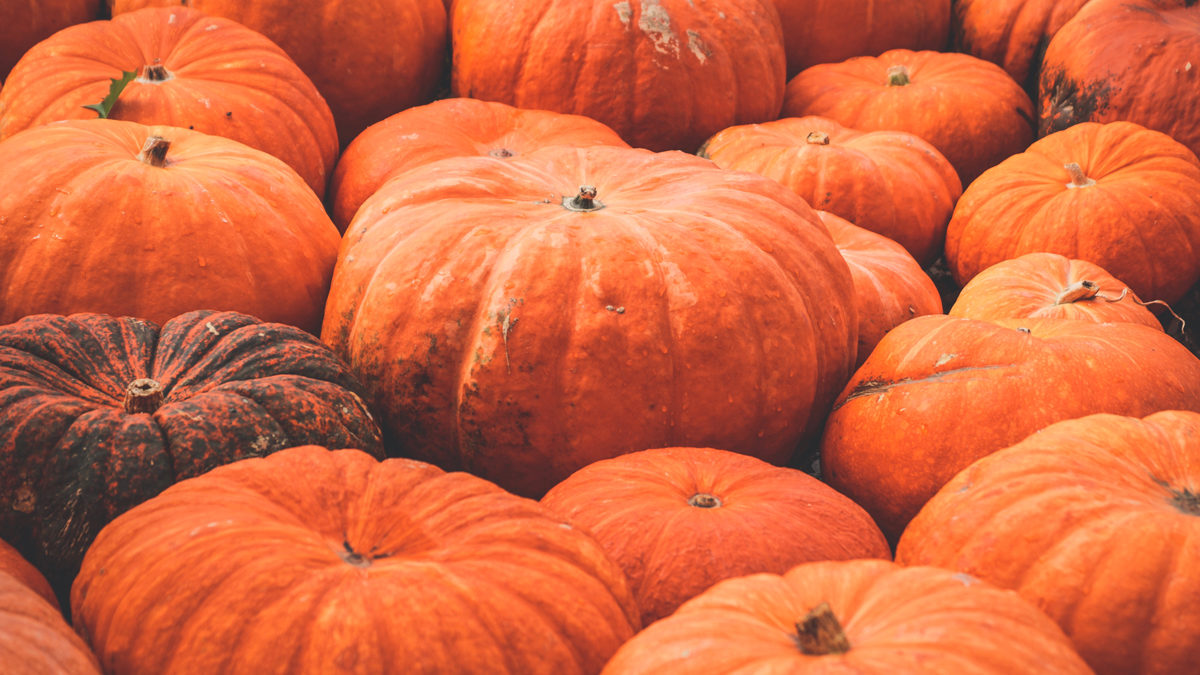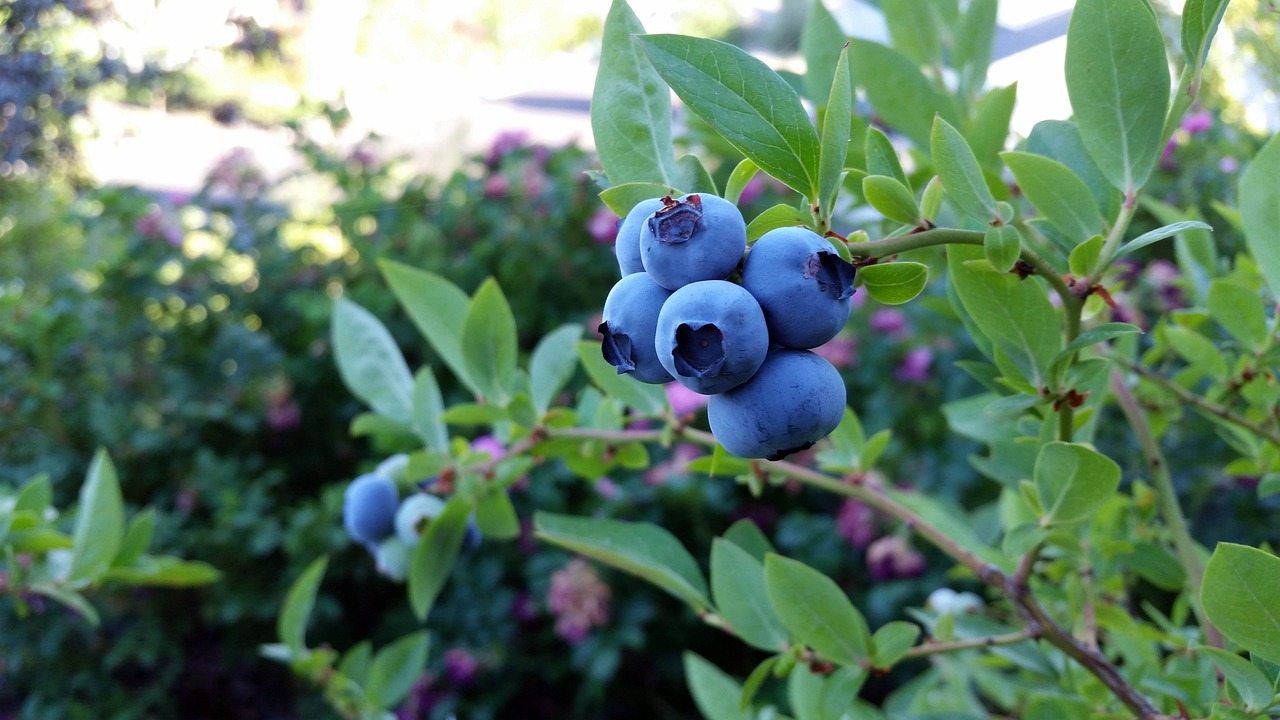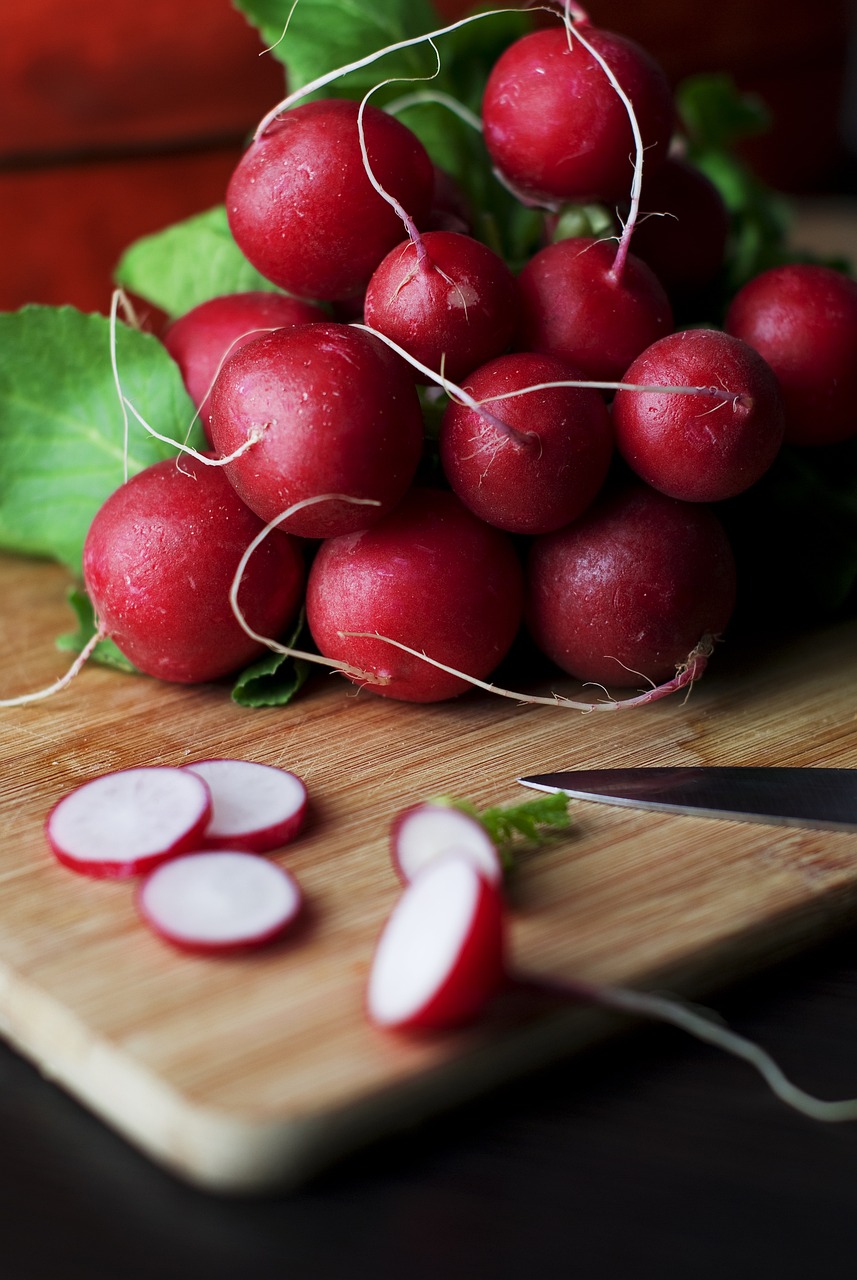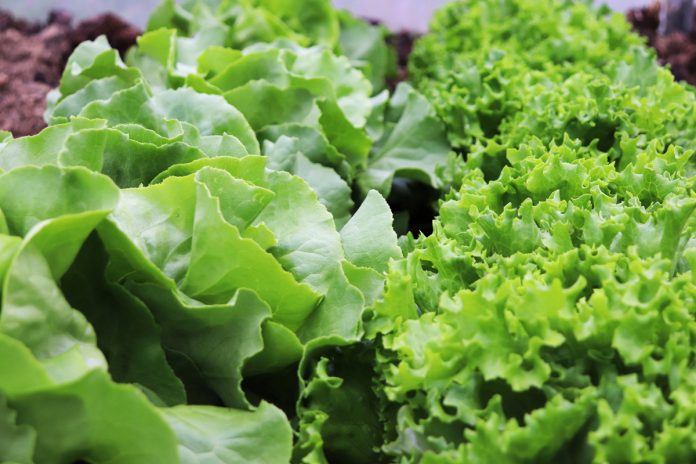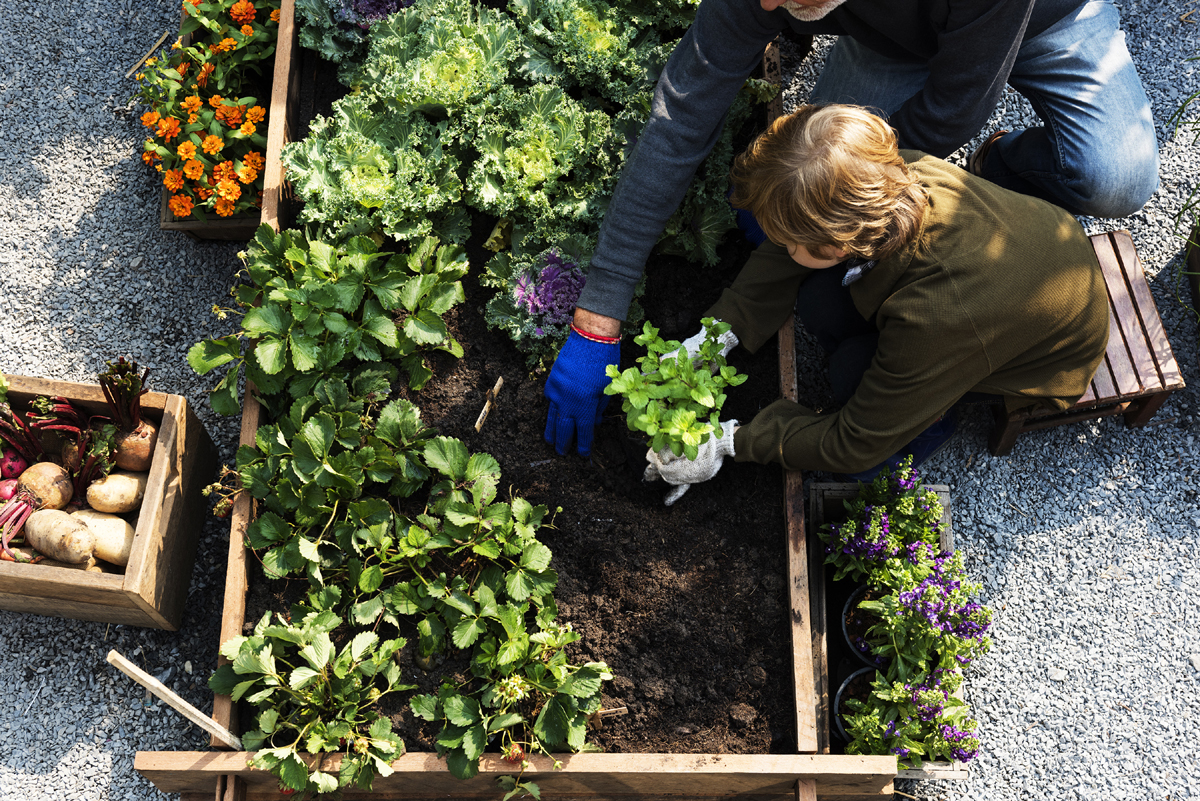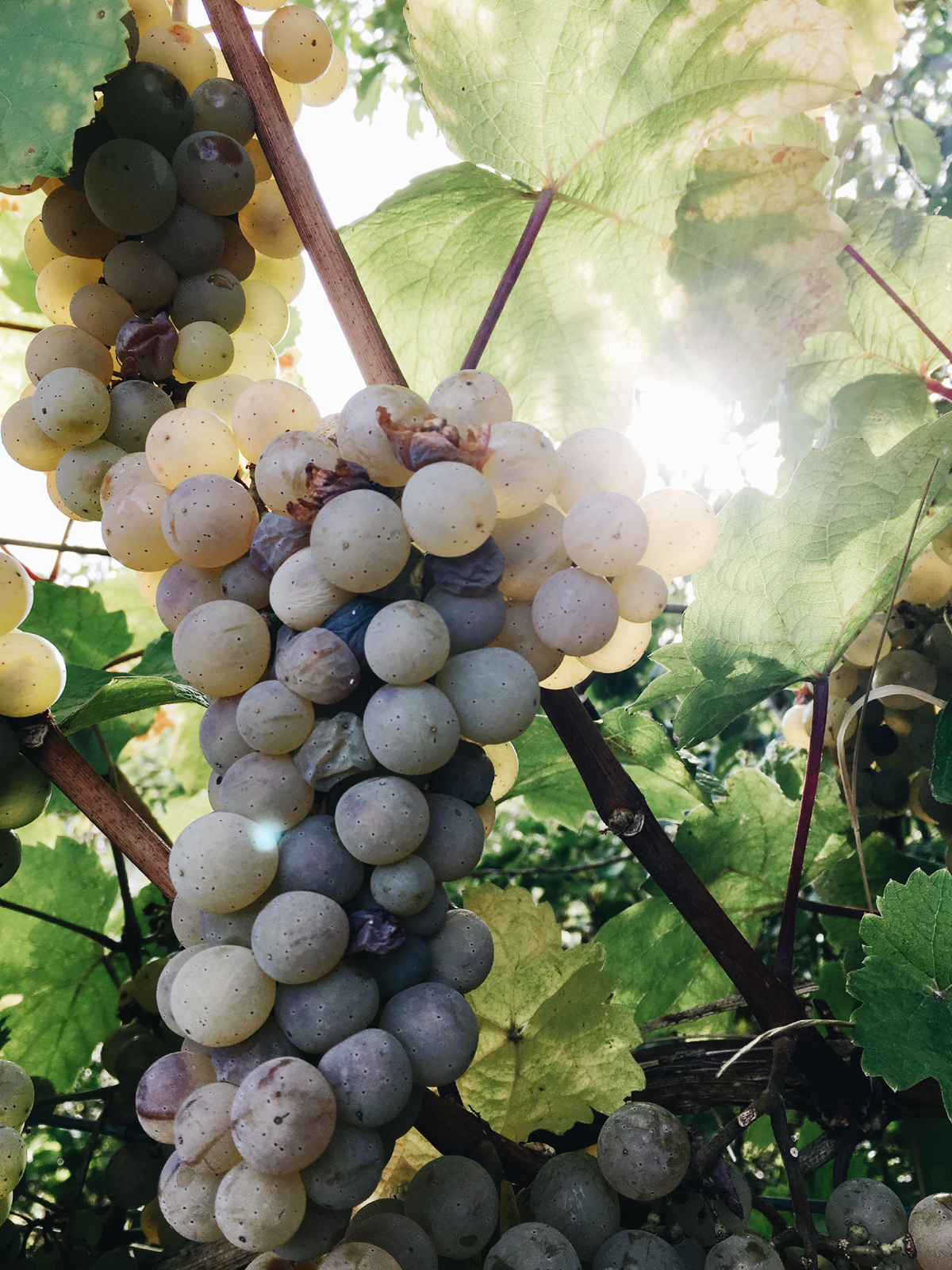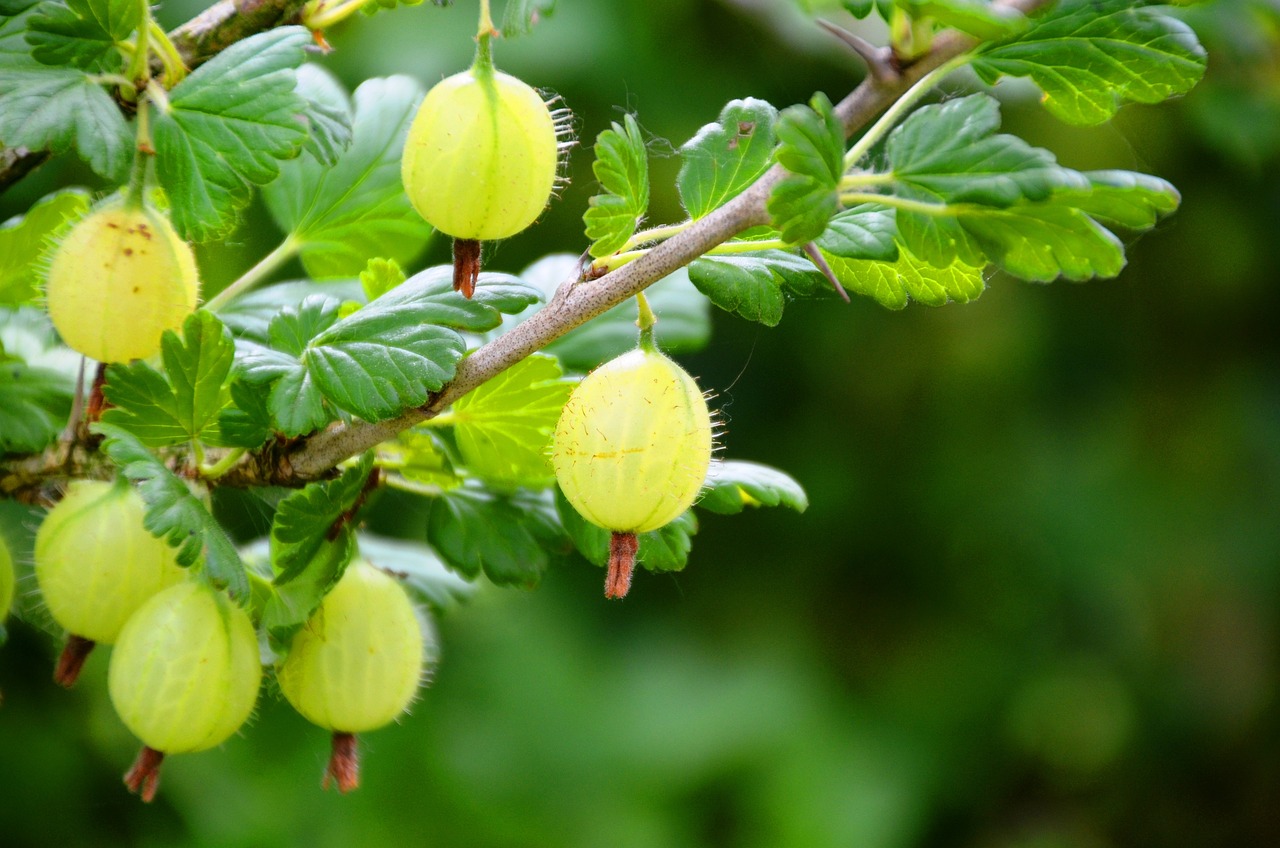Mistakes to Avoid When Growing Basil Indoors
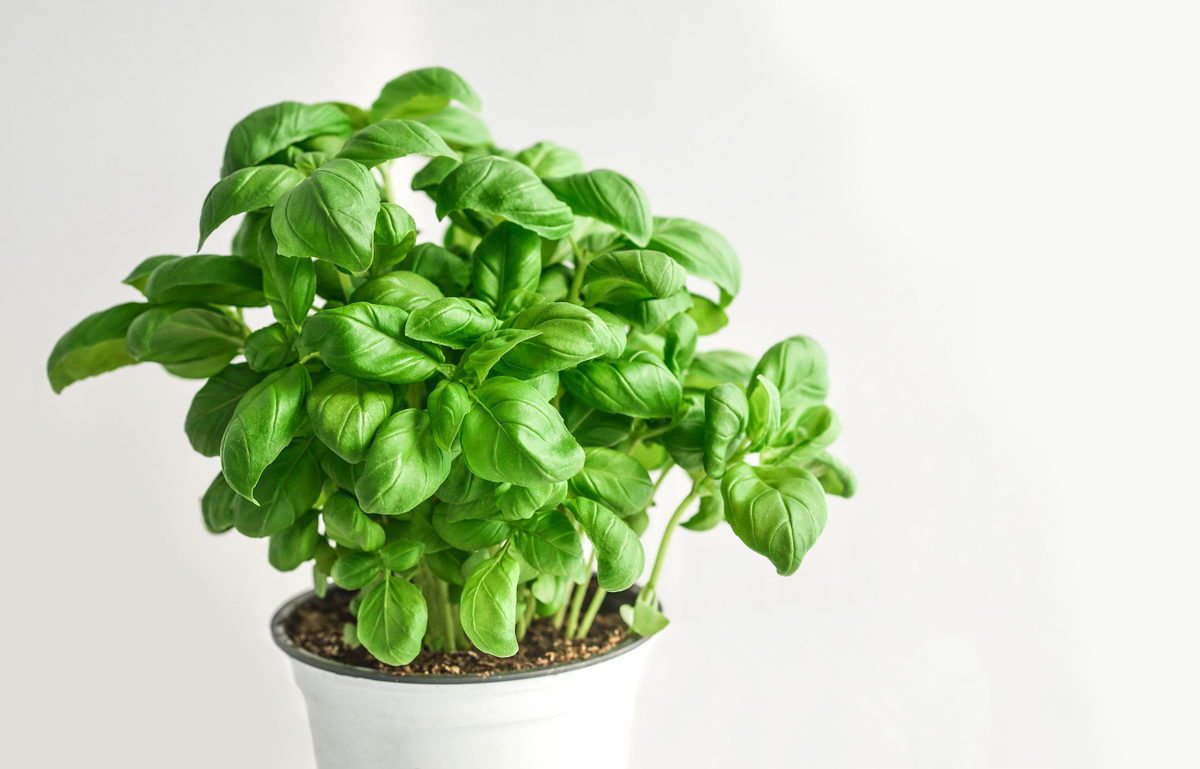
There is nothing like having fresh basil handy to give your culinary creations a little extra zing of flavor. It does well in Italian dishes and some varieties are used in Southeast Asian cuisine. While growing basil indoors is easy, there are some common growing mistakes you need to watch out for.
Basil is very sensitive to cold. While a common place to grow indoor herb gardens is a windowsill, you need to be sure that there are no drafts coming from the window. Care should be taken that the room it is grown in is warm at all times. Temperatures under 50 degrees F can harm your plant.
While you want to avoid drafts, basil also requires some air circulation. The air where your plant is growing should be light. If it tends to be thick, consider running a slow-moving fan to circulate air.
Lighting is a common problem when growing plants indoors. Basil enjoys lots of light, six to eight hours a day. While choosing your location, though, remember that there is such thing as too much of a good thing. Make sure that when you are providing a sunny location, your plant is not constantly in full sunlight.
Soil is an important factor with any plants you grow indoors or out. Basil needs rich well drained soil to thrive. Potting soil is generally okay to start your plant, but once it begins to sprout, it needs to be moved to higher quality soil. Add a layer of gravel to the bottom of your growing pot to aid drainage. You also want to be sure that your pot has adequate drainage holes in the bottom. Compost can be used in the original soil and added occasionally to maintain rich soil.
One of the most common mistakes when growing anything indoors is watering. Gardeners who have otherwise provided perfect growing conditions may find that their plant fails to thrive because they have over- or under-watered their plant. Basil does not like dry soil. Make sure to keep it adequately watered. Ideally, you should water from the base of the plant rather than pouring water over the plant’s leaves and stems.
If you see flowers appear on your basil plant, you may be tempted to let them stay. However, you should fight this urge and pinch back flowers. If allowed to flower, flavor and growth may suffer. You also want to be sure to pick leaves from time to time, whether to be used immediately in culinary dishes or preserved for future use.
Using your plant on a regular basis will ensure your basil plant keeps producing. It also helps to concentrate flavors. If you notice weak flavors in your basil, it is usually a result of not picking leaves often enough.
Leaves may be harvested when they are bright green and free of decay. If not using immediately, layer leaves in damp paper towels and place in a plastic bag to store in the refrigerator for up to four days. If the stalks are attached, it can be placed in a cup of water, covered with plastic wrap and refrigerated for up to one week. If this method is chosen, change water daily to ensure freshness. Basil can also be frozen or dried for future use.
The Author:
Nova Person is an herb enthusiast and has been growing herbs for over 20 years. If you want to know more information on Grow Herbs Indoors, go visit her site which is packed with many tips and secrets on growing basically any herbs: http://www.GrowHerbsInfo.com.

